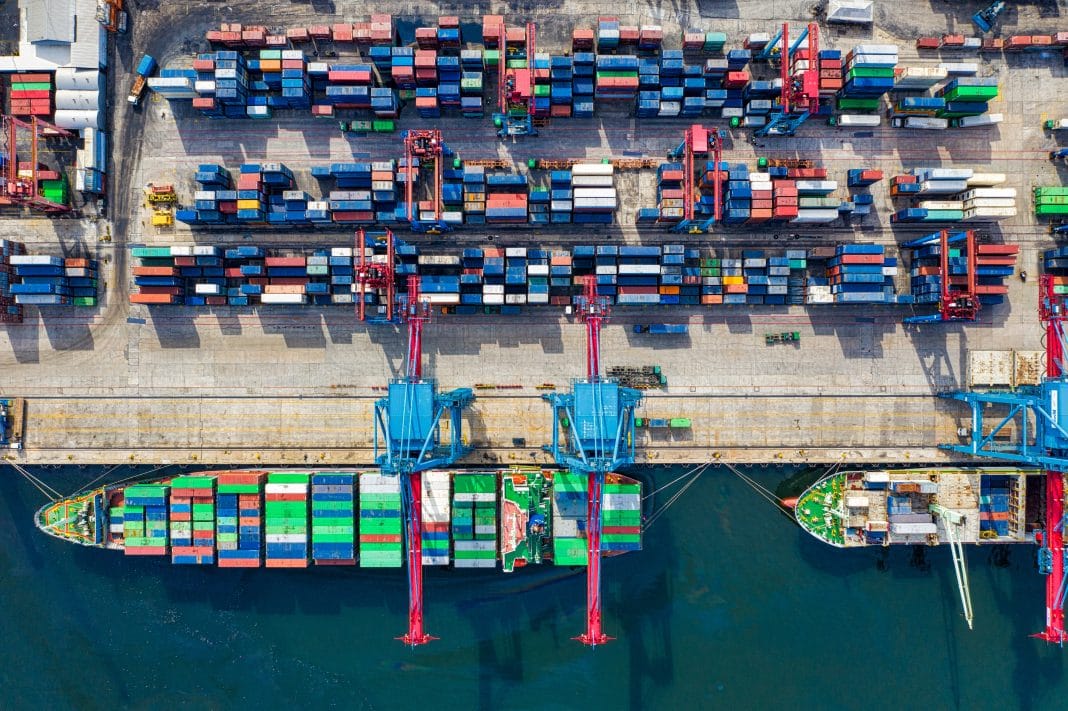Countries are trading carbon through domestic means rather than going through a global market, as most goods do.
This provides each country with unique strategies when dealing with emissions. However, there isn’t a global unified solution on how to achieve carbon neutrality with domestic markets.
China recently launched its own carbon market. China’s plan covers 10,000 companies in most industrial sectors. The EU has also recently launched carbon pricing methods as well earlier this year.
This is fantastic news as tackling the Paris agreement’s goal of 1.5 degrees Celsius above normal temperatures by 2050 will take a global effort. China previous carbon plans increased the number of emissions covered by carbon pricing by 6%.
Both carbon unions have tremendous potential as the carbon ramp up continues. Currently, the EU aims to be carbon neutral by 2050. China wishes to do the same by 2060.
Unfortunately, many carbon markets remained unpriced and unregulated. The US has yet to release their plans regarding carbon pricing.
According to the World Bank, only 45 countries in the world have carbon pricing initiatives. To make a dent in climate change, that number will need to increase heavily.
After holes in the ozone layer appeared in the 1970s and 1980s, countries acted and banned Hydrofluorocarbons (HFCs), which depleted ozone. Now, the ozone layer is replenished and the ozone crisis is solved. If the world takes similar action regarding greenhouse gases and price carbon emissions through a global carbon market, we may see climate change being stopped in its tracks.


